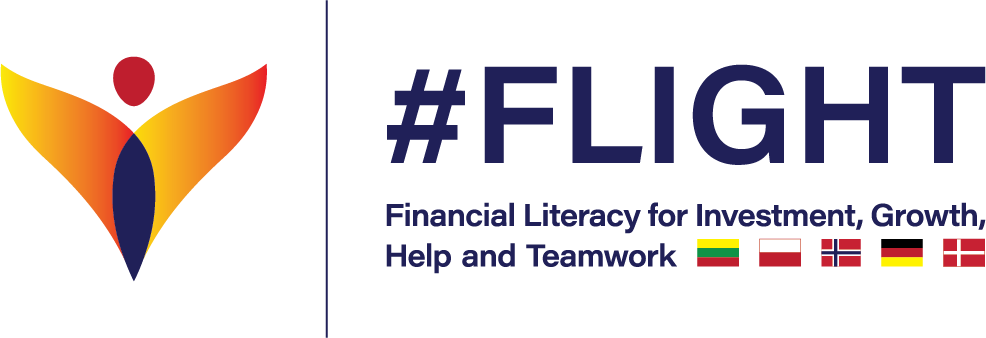In the wake of the tumultuous era in Eastern Europe, the scars of conflict resonate deeply in the lives of its inhabitants. It has left indelible imprints on their psyches, shaping narratives of resilience and survival against a backdrop of adversity. The conventional educational approaches may not suffice in addressing the intricate cognitive and emotional needs of this unique demographic, psychologists point out.
Educational challenges stemming from post-traumatic stress manifest across diverse domains. Disruptions in concentration, emotional dysregulation, and difficulties in forming trusting relationships with educators contribute to a complex tapestry of impediments (Salmon, Bryant, 2002; Charuvastra & Cloitre, 2009). Moreover, the stigma associated with trauma can create barriers to seeking educational support, exacerbating the struggles faced by survivors (Stewart, 2008).
The exploration of trauma and stress has unveiled intricate mechanisms that shape brain function and, consequently, the learning process. The work of LeDoux (1996) and Sapolsky (2003) illuminates the neurobiological underpinnings of stress, emphasizing the role of the amygdala and the hypothalamus-pituitary-adrenal (HPA) axis. Understanding these mechanisms becomes crucial in crafting educational strategies that align with the cognitive and emotional needs of trauma survivors.
Enhancing the resilience and cognitive functioning
Neuroplasticity, a fundamental principle explored by Doidge (2007) and Kolb (2003), suggests that the brain’s capacity to adapt provides a potential avenue for healing and learning even in the face of trauma. Insights from these studies lay the groundwork for developing teaching paradigms that leverage neuroscientific principles to enhance the resilience and cognitive functioning of individuals with a history of post-traumatic stress.
Trauma, an extreme form of stress, can lead to lasting alterations in brain structures, particularly the hippocampus and prefrontal cortex (Bremner, 2006). These changes can manifest as difficulties in memory consolidation, emotional regulation, and executive functions—all critical components of the learning process.
Moreover, the prefrontal cortex, responsible for executive functions such as decision-making and impulse control, is sensitive to chronic stress. Diminished prefrontal cortical activity can result in challenges related to attention, planning, and emotional regulation (Arnsten, 2009). These cognitive impairments have direct implications for the educational endeavours of individuals grappling with the aftermath of war-related trauma.
Neuroscientific research suggests that gender differences in stress responses are influenced by hormonal fluctuations, genetic factors, and socio-cultural contexts (Taylor et al., 2000). Addressing these disparities becomes imperative in crafting educational strategies that acknowledge and accommodate the diverse cognitive and emotional landscapes shaped by chronic stress.
Guidelines for Teachers
- Prioritize the establishment of a safe and trusting classroom environment. Recognize that trust is foundational for learning, particularly for individuals who have experienced trauma.
- Embrace cultural sensitivity in teaching practices. Acknowledge and respect the diverse backgrounds and experiences of your learners, fostering an inclusive atmosphere that validates individual identities.
- Integrate trauma-informed teaching practices into your pedagogy. Be mindful of the potential triggers and stressors within the learning environment and strive to create a space that promotes healing and resilience.
For more guidelines see the FLIGHT’s IO5 Financial literacy discourses here.


